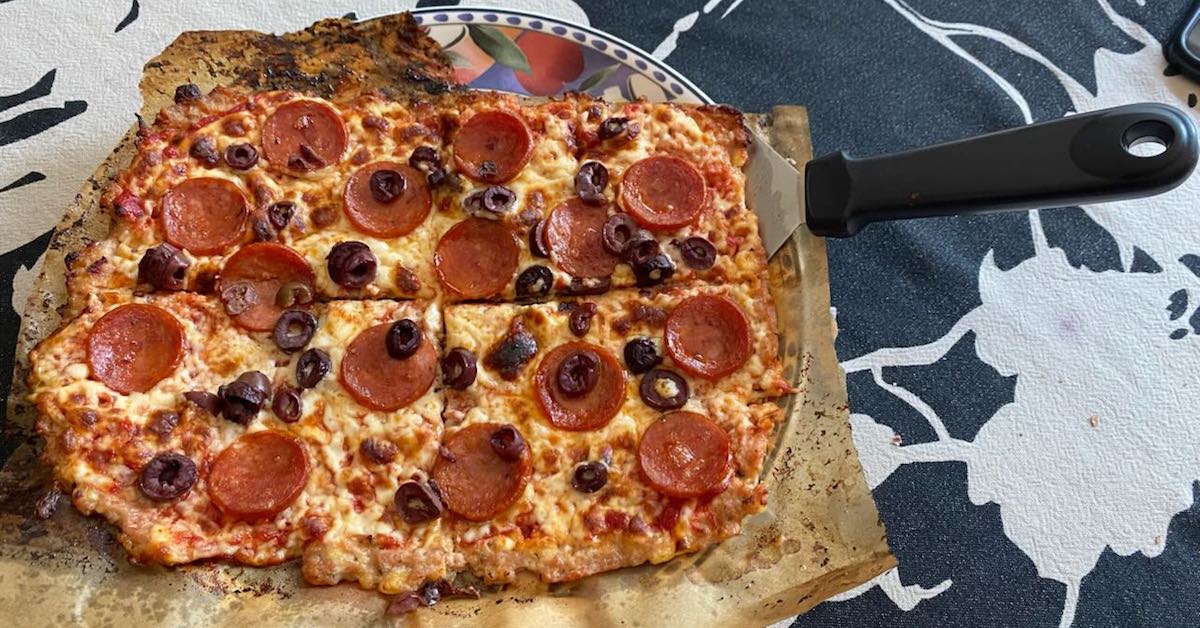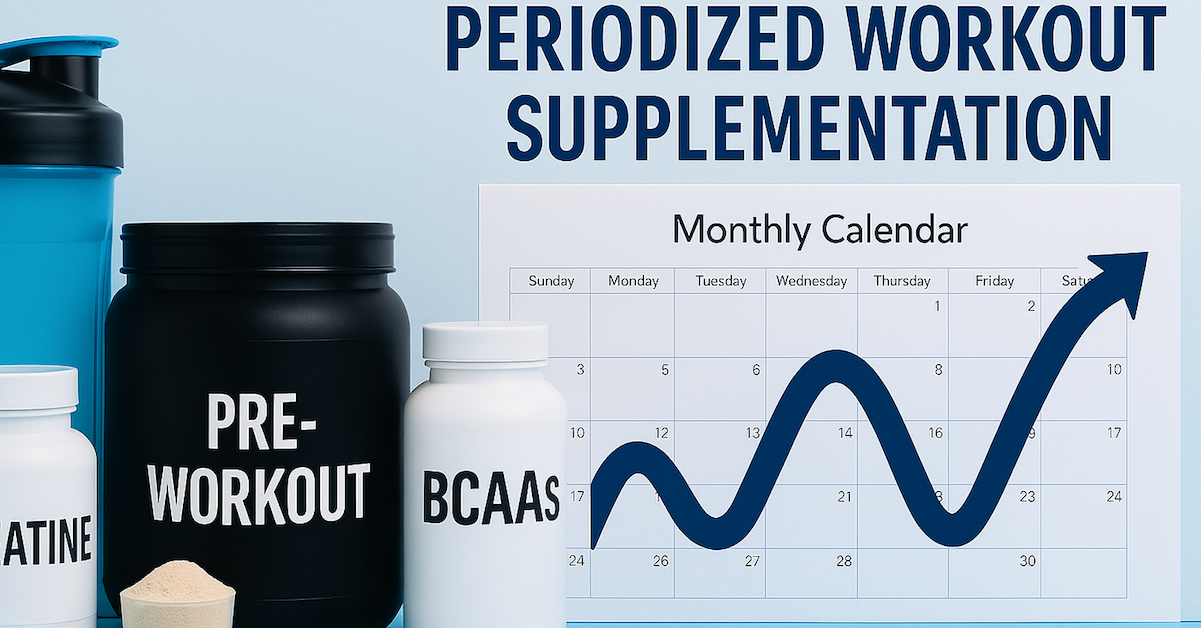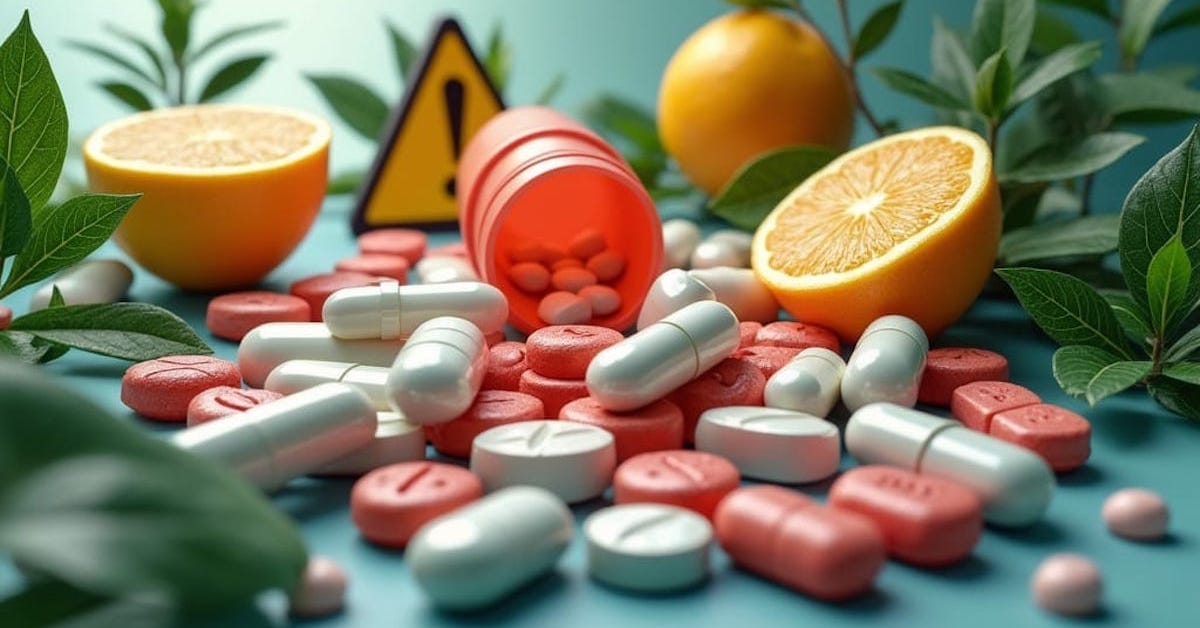I’ve said it many times before—vegetables offer all the benefits of fruit without the sugar—but that doesn’t mean I’m anti-fruit! I advocate a targeted carbohydrate approach, where carbs are favored when you need them: around workouts and at night to help facilitate sleep. Here’s how I use fruit along with key supplements before, during, and after my workouts.
Pre-Workout Fuel
We all know that taking caffeine before a workout can boost performance, but to enhance the effect, take it with half a grapefruit. The fiber helps slow the release of caffeine for more sustained energy, and the fruit’s sugar and water content aid hydration—especially when paired with a tall glass of water and added sea salt (a better option than a plain cup of coffee).
If you’re not a fan of grapefruit, an orange will do. And if you’re intolerant to citrus, a handful of berries is a good alternative.
To boost concentration and focus, consider adding nootropics to your stack. Just remember: these “brain-enhancing” supplements operate on a bell curve—too little won’t do much, but too much can be counterproductive. Keep in mind that grapefruit may potentiate the effects of nootropics, so a lower dose may actually work better.
Intra-Workout Energy
Not too long ago, experts like Dr. Mauro DiPasquale, Dr. Eric Serrano, and Charles Poliquin recommended branched-chain amino acids (BCAAs) during training. They worked like a charm—especially for reducing post-workout soreness—but now the buzz is all about essential amino acids (EAAs). I’m not convinced—and here’s why.
One of the EAAs is tryptophan, an amino acid that can induce relaxation and sleep (not ideal during heavy lifting). It also competes with BCAAs to cross the blood-brain barrier, which diminishes their performance-enhancing effects. Tryptophan is best taken after training along with other EAAs.
So, like it or not, BCAAs still work, and I recommend taking them with diluted coconut water and a pinch of table salt to optimize the sodium-to-potassium ratio. You’ll feel the difference! Since implementing this approach, I’ve experienced zero cramping, sustained energy throughout my workout, and noticeably healthier joints.
Post-Workout Repair
Research shows that consuming whey protein, EAAs, and creatine after your workout can increase protein synthesis and improve your overall results. Add a tablespoon of collagen to support connective tissue health, and to replenish glycogen, include some high-glycemic fruit like bananas or pineapple.
Prefer a carb powder like Vitargo or highly-branched cyclic dextrin? Go for it. On a low-carb plan? A teaspoon or two of glutamine can provide a similar glycogen-restoring effect—without the sugar.
In my post-workout shake, I opt for sodium bicarbonate as my salt of choice. It helps buffer acidity and shuttles nutrients—especially creatine—into the muscle cells. The result? A shake that tastes great and works even better.
Take-Home Message:
If you want results, you need quality workouts—and to have great workouts, you need the proper fuel. The strategy outlined above will give you the ammunition to power through great sessions. Give it a shot!

Have Your “Meatza” and Eat It Too!
By Mary Catanzaro Let’s be honest—most of us enjoy a good slice of pizza every now and then. But what

How to Periodize Workout Supplements for Better Gains and Recovery
Research shows that undulatory, or wave-like, periodization is highly effective. Alternating between periods of higher intensity (intensive phases) and periods

Why the FDA’s Red Dye Ban Should Make You Rethink Your Vitamins
The U.S. Food and Drug Administration (FDA) recently announced a ban on red dye No. 3 in food and oral
follow
Error: No feed with the ID 2 found.
Please go to the Instagram Feed settings page to create a feed.
